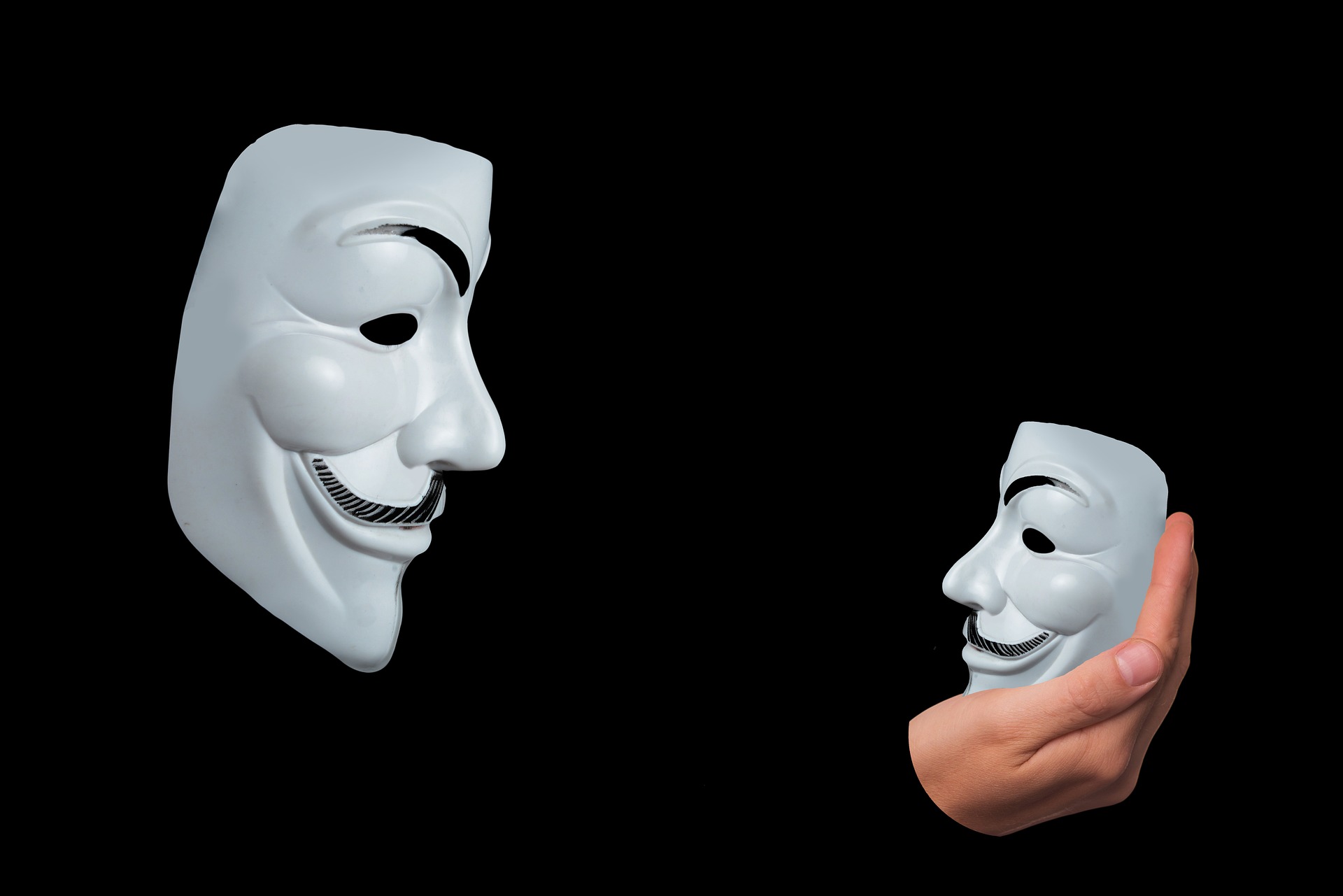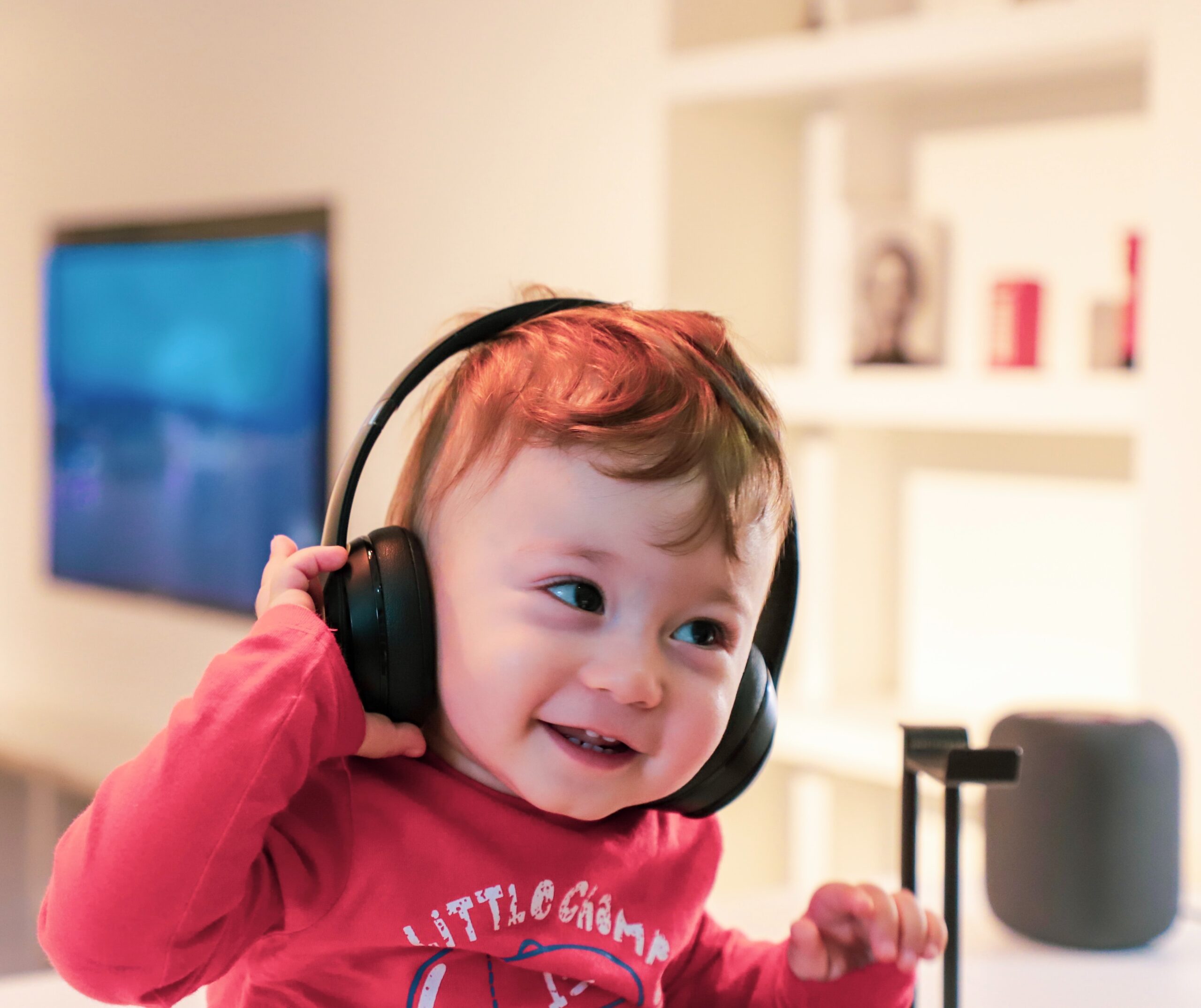Anxiety Disorders Affecting Teens and Young Adults.
By: Quenell Redden
Education & Learning, Health & Welfare, Psychology, Social & Youth development,

Anxiety is one clinical mental health diagnosis that many people deal with, but so few of us have space or comfort to talk about. Globally, anxiety disorders affect teens and young adults at higher rates, and they face the added pressures of society and stigmas. Because of this, many teens and young adults do not speak out about their experiences or even concerns dealing with anxiety. This article will explore what anxiety means, how it can present itself, and how anxiety disorders affect teens and young adults. As a society, we need to not only normalize conversations about mental health (particularly about anxiety) and increase awareness and education. Talking about mental health is essential for improving quality of life.
Understanding Anxiety and What it Truly Means
According to the American Psychological Association, Anxiety is defined as “an emotion characterized by feelings of tension, worried thoughts and physical changes like increased blood pressure” (Anxiety, American Psychological Association). Many people who experience feelings of anxiety can do so with a mild to serve degree of intenseness. Often, people diagnosed with anxiety disorder have a challenging time with their day-to-day routines because their fear or worrying is overwhelming. Additionally, mental health professionals have identified several types of anxiety disorders. Some of these types include general anxiety disorder, phobias, obsessive-compulsive disorder, and panic disorder (U.S. National Library of Medicine, 2021).

Generalized Anxiety Disorder
Generalized Anxiety Disorder, also referred to as GAD, maybe one of the most overwhelming types of anxiety disorders because it encompasses such an intense, continuous, and immense feeling of worry over numerous entities in an individual’s life. Individuals with GAD can worry in situations that may not warrant it or even over worry in situations that do (Anxiety and Depression Association of America, 2021). About 6.8 million adults in the United States are diagnosed with General Anxiety disorder (Anxiety and Depression Association of America, 2021), and an estimate of 1 in 3 adolescents are diagnosed (World Health Organization, 2020). Many researchers have linked the commonality between GAD and its presence in teens and young adults to societal pressures, social media, and a constantly evolving world of various threatening situations such as school lockdowns, police brutality, hate crimes, etc., (American Academy of Pediatrics, 2019). We will explore how these factors are linked to GAD and other anxiety disorders affecting teens and young adults later in the article.
Phobias
Phobias are another common anxiety disorder that numerous people are diagnosed with. Phobias are characterized as an irrational fear of non-life-threatening situations or entities (Monroe, 2019). Phobias impact daily life because what is considered irrational fear prevents an individual from enacting their responsibilities. This is the opposite of what is considered a typical fear which is meant to help an individual survive.
For example, if you are in the jungle and encounter a highly poisonous snake, and your body reacts with tension, sweating, and maybe even higher blood pressure, that would be considered a typical fear because your body senses the imminent danger. However, a phobia like agoraphobia which is a fear of open spaces or leaving the house, is considered atypical because commonly, there is no imminent threat. However, in people who experience agoraphobia, their psyche induces an overwhelming sense of worry and fear (Monroe, 2019).
On the other hand, a common phobia experienced by teens and young adults is known as social phobia or social anxiety. Social anxiety is known as having a fear of interacting with other people. People with social anxiety can exhibit symptoms just by thinking about social situations. In teenagers 13 to 18, about 5.5 percent are diagnosed with social anxiety, with onset symptoms occurring as early as 13 years of age (Monroe, 2019).

Panic Disorders
Panic attacks are another form of anxiety disorder that affects teens and young adults. Panic attacks can present themselves in both psychological and physical symptoms. Although panic attacks do not last a long time, it is usually the physical symptoms that can heavily impact an individual’s experience with panic attacks. The causes of panic attacks are often hard to identify because of how sudden they come about (Paradigm Treatment, 2021).
Diagnosis and Causes of Anxiety Disorders
Psychologists and other researchers have tried to understand the causes of anxiety disorders for many years. Most gather is that it all circles back to our old controversial friend Nature versus nurture. There is plenty of scientific evidence supporting the causes of anxiety disorders to genetic and environmental factors.
Hereditary factors can play a significant role in anxiety disorders if there is a family history. Environmental factors such as trauma or stress can also increase the likelihood of someone being diagnosed with an anxiety disorder (National Alliance on Mental Illness, 2021). Overall, a person can be diagnosed with an anxiety disorder if they present multiple symptoms and an inability to function for at least 6 months (National Alliance on Mental Illness, 2021). The specific type of anxiety disorder is diagnosed by closely looking at the related symptoms presented in the diagnostic and statistical manual (DSM) (National Alliance on Mental Illness, 2021).

Symptoms of Anxiety Disorders
Generally, Anxiety disorders present themselves through different symptoms such as sweating, panic, increased heart rate, trembling, and overwhelming feelings of worry and restlessness (Mayo Clinic, 2018). However, each type of anxiety can also present separate onset of symptoms. For instance, GAD is often linked to feelings of uneasiness, fatigue, difficulty concentrating, irritability, muscle tension, worrisome, difficulty sleeping, and restlessness (National Alliance on Mental Illness, 2021). Phobias exhibit an irrational sense of worry over non-threatening situations, proactiveness in avoiding the feared situation, and meeting unavoidable situations with intense worry (National Alliance on Mental Illness, 2021). Whereas panic attacks can cause heart palpitations, shaking, shortness of breath, an intense feeling of loss of control, and impending doom (National Alliance on Mental Illness). When diagnosing anxiety disorder and its specific type of mental health, professionals will often be aware of these symptoms and cross-reference them in the DSM.
Treating Anxiety Disorders
Often, anxiety disorders are treated using three techniques: psychotherapy, medication, and complementarity health approaches (National Alliance on Mental Illness, 2021). Psychotherapy, also known as talk therapy, is one of the most common ways to treat anxiety disorders, specifically phobias and generalized anxiety disorder. For teens and young adults, this technique is also specifically used to treat social anxiety.
One type of psychotherapy that is commonly implemented to address anxiety is called Cognitive Behavioral Therapy (CBT). CBT refers to changing how an individual thinks, behaves, and reacts to a particular situation. CBT is a common form of therapy that is used to treat a variety of mental health disorders. Still, when it comes to anxiety, it is used specifically to change how individuals think, behave and react to the stressful situation or trigger that induces their feelings of anxiety (National Alliance on Mental Illness, 2021).
Medications and Anxiety Disorders
Medication is another option provided in some cases to treat anxiety and is typically prescribed by a psychiatrist to reduce symptoms. Benzodiazepines are the most common anti-anxiety medications to treat anxiety disorders. However, this form of treatment, while highly effective in reducing the symptoms of anxiety, can also present some issues. Benzodiazepines are known to build tolerance, so these medications can become ineffective when taken for a long period (Paradigm Treatment, 2021).
In other cases, psychiatrists may prescribe antidepressants as a way of treating anxiety disorders. Antidepressants have been shown to change brain chemistry that supports the changes needed to address anxiety (Paradigm Treatment, 2021).

Complementary Health Approaches in Anxiety Disorders
Mental Health Professionals may recommend other mindfulness techniques in addition to psychotherapy and medication. These techniques can look like meditation, muscle relaxation, and other non-medical techniques. These complementary approaches help re-establish a sense of control for individuals dealing with anxiety disorders and, in turn, alleviates some of the symptoms, especially the more physical ones (National Alliance on Mental Illness, 2021).
Anxiety Disorders Effects on Teens and Young Adults
Globally, the way that mental health is discussed, attended to, and quality of care is different from community to community. Typically, communities of colour, including teens and young adults of colour, are most likely to have the last conversations and available resources. Over recent years, there has been an increase in the diagnosis of anxiety among teens and young adults. Circling back to our early discussion, the main factors supporting this increase are societal pressures, social media, and heightened threatening situations taking place within society. In terms of societal pressure, many teens and young adults can feel pressured to succeed in their education and profession (American Academy of Pediatrics, 2019). While setting high and attainable expectations are valuable, it is important to have balance, yet most teens and young adults do not. Feeling the pressures of society and, in some cases, families to do better than their peers, have zero room for failure, and perfectionism can increase the likelihood of anxiety.

Social Media Increases Anxiety Among Teens and Young Adults
With our world consistently evolving and technology having a firm grasp on our daily activities, it is no surprise that social media can be a heavy environmental factor for inducing anxiety. More times than not, people only post their successes, travelling experiences, and other positive aspects of their lives. For some, it can lead to comparing their lives to others and even develop a mindset of what they should be doing. If these expectations and their reality do not meet up, it is also more likely that anxiety can be induced. Across the world, many teens and young adults are so indulged in the social media network that it can influence their self-esteem, which is an important characteristic for developing teens and young adults (American Academy of Pediatrics, 2019).
Overview of Anxiety Disorders Affecting Teens and Young Adults
Hearing the words anxiety or anxiety disorders can be challenging to hear, especially when there is so much stigma and negativity attached to it. Many people are often shut down when wanting to talk about it or are told to get over it. As common as it is, we should be able to have more conversations about anxiety and how it affects individuals who are dealing with it. We should also be open to sharing the available resources. It can be extremely difficult to have these conversations with peers, family, or other trusted adults, but we need to normalize these feelings for our youth. If you or someone you know is experiencing anxiety or other mental health conditions, seek professional help or a trusted adult. We need to invite more conversation, awareness, and activism over mental health and support our teens and young adults because they are the future, and creating safe spaces to talk about mental health can benefit them in the long run.
Works Cited
American Psychological Association. (n.d.). Anxiety. American Psychological Association.
https://www.apa.org/topics/anxiety
Anxiety Disorders. NAMI. (n.d.).
Anxiety in Teens is Rising: What’s Going On? HealthyChildren.org. (n.d.).
Generalized Anxiety Disorder (GAD): Anxiety and Depression Association of America, ADAA. Generalized Anxiety Disorder (GAD) | Anxiety and Depression Association of America, ADAA. (n.d.).
Mayo Foundation for Medical Education and Research. (2018, May 4). Anxiety disorders. Mayo Clinic.
Monroe, J. (2019, December 3). Types of Phobias Prevalent in Teens. Newport Academy.
Panic Disorder in Teens and Young Adults. Paradigm Treatment. (2021, March 6).
U.S. National Library of Medicine. (2021, May 4). Anxiety. MedlinePlus.
https://medlineplus.gov/anxiety.html
World Health Organization. (n.d.). Adolescent mental health. World Health Organization.
Similar Posts –
EXPLORING THE THEORIES OF FANTASY-PRONE PERSONALITY & MALADAPTIVE DAYDREAMING. Click here to read the full article.
THE 5 W’S EXPLAINING VIKTOR FRANKL’S LOGOTHERAPY. Click here to read the full article.
THE INTERACTION BETWEEN SELF GROWTH AND PERSONALITY DEVELOPMENT. Click here to read the full article.
Tags: Anxiety, Anxiety Diagnosis, Anxiety Disorders, Anxiety Disorders Affecting Teens and Young Adults, Anxiety in teens, Anxiety in young adults, Anxiety Meaning, Anxiety Mediacations, Anxiety Symptoms, Diagnosis and Causes of Anxiety, Generalized Anxiety Disorder, Mental Health, Panic Attacks, Panic Disorders, Phobias, Psychology, Treating Anxiety,










[…] DISORDERS AFFECTING TEENS AND YOUNG ADULTS: Click here to read the full […]
[…] submitted by /u/aspiringyoungster [link] […]
[…] Anxiety Disorders Affecting Teens and Young Adults. […]
[…] Anxiety Disorders Affecting Teens and Young Adults. […]
[…] Anxiety Disorders Affecting Teens and Young Adults. […]
[…] DISORDERS AFFECTING TEENS AND YOUNG ADULTS. Click here to read the full […]
[…] is a sudden increase in the state of anxiety, and they might even suffer through panic […]
[…] of the major implications of anxiety disorder is panic […]